Since we are to be conformed to the image of Christ, how can we then fight our enemies with the sword?… Our weapons are not weapons with which cities and countries may be destroyed, walls and gates broken down, and human blood shed in torrents like water. ~ Menno Simons
It’s been a while since I last posted. With the holidays and other things happening in my life, I have been rather busy. I am also finding that I’m not quite ready to discuss courtship practices just yet. To be honest, it is rather embarrassing. Even among the Amish, bed courtship is controversial and very hush-hush. I was always told not to tell people outside the community about it, because they wouldn’t understand. Now I realize that I don’t understand it either, and I grew up with it. I dare say other Amish people don’t understand it either.
So for tonight I am going to post pictures and thoughts about visiting Bad Oldesloe, in the north of Hamburg, Germany. My husband and I visited Beata Vogel, who lived there and who showed us around. In Bad Oldesloe, there is a cottage that used to house Menno Simons’ printing press. Menno Simons was an Anabaptist leader in the 1500s, who was a prolific writer and who gave the Mennonites their name. He revitalized the Anabaptist movement when it was floundering, right after a faction of the Anabaptists had participated in the violence of the Peasant War in Münster. Simons was considered a moderate Anabaptist leader, who strongly advocated nonviolence or “nonresistance.”
Right near the front door is a giant linden tree that is believed to have been planted by Simons, between 1553 and 1559.
In the back of the cottage is a room commemorating Simons’ life. Because he was such a revered leader of the Anabaptists, he was also an enemy of the established church, so he was hunted by the authorities for many years. The large black dots indicate where he lived as he kept moving east.
Behind the cottage is a gravesite to commemorate his life. His remains are not actually buried here, but in a place several miles away.
Beyond this mound there used to be a small village. It was in this village where Menno Simons is believed to have been buried. The village was destroyed by the Nazis and no longer exists.
The mound itself (in the picture above) is interesting. It is a burial mound that dates back to the bronze age. The farmers just work around it when they farm the fields.
Someday I want to return to Germany and research Anabaptist roots to a greater extent. But to me, there was a definite wonder in visiting Anabaptist soil and being able to get a glimpse back in time.
For more on Menno Simons’ life and teachings, you can visit websites. Here is a link to one:
I hope you all will send me more questions and I will eventually get around to answering them. Hopefully it won’t be a whole week before my next post.

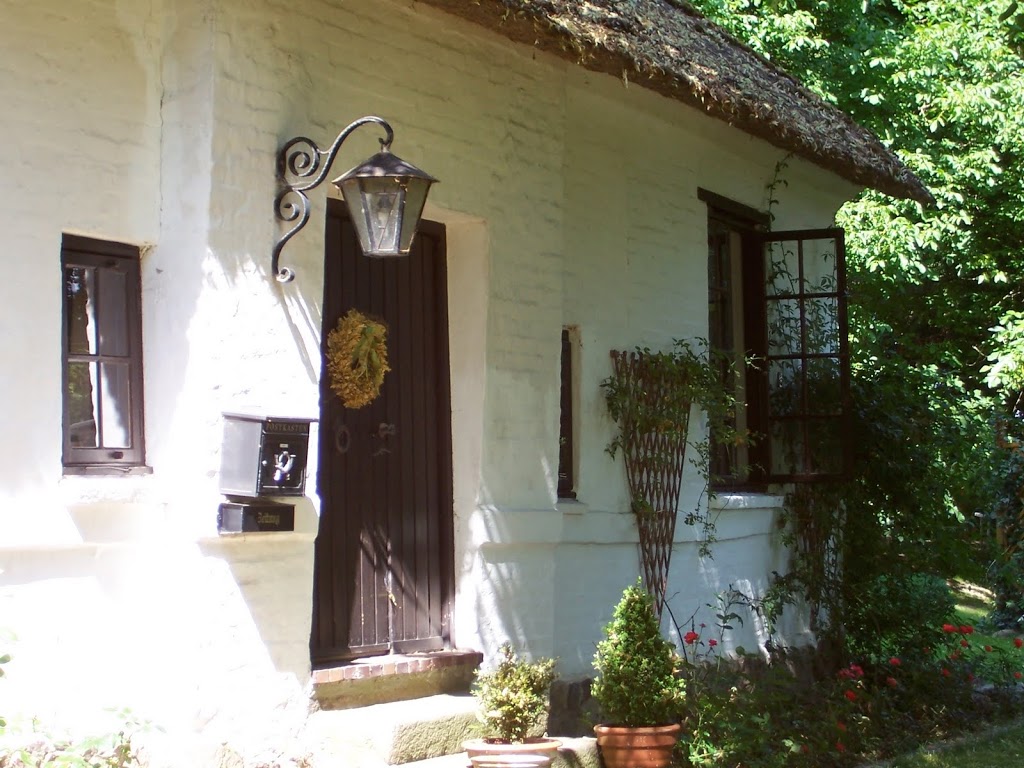
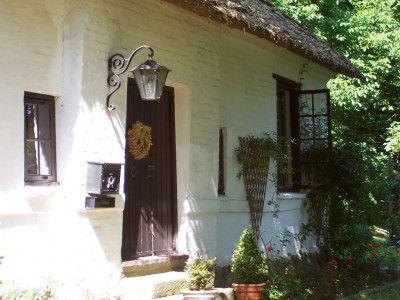
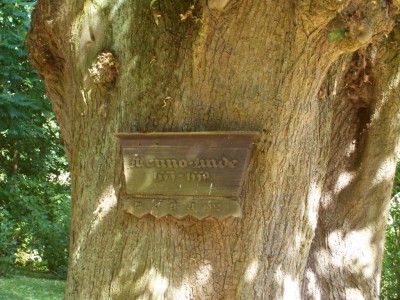
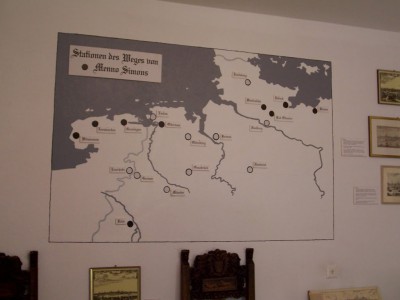
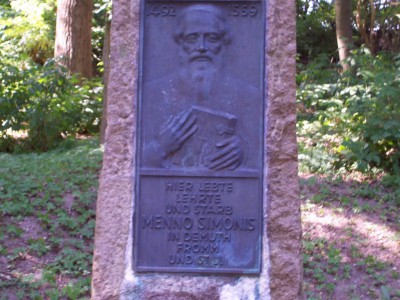
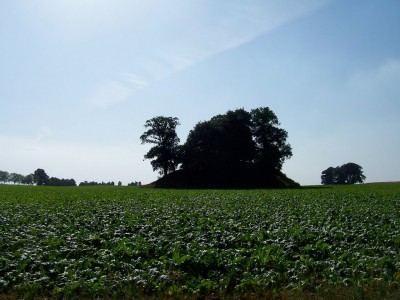

Hi Saloma,
I am so enjoying reading your blog.
I’m curious as to if/weather you practice an established religion now or raised your boys in any?
Also, what was your father’s mental illness?